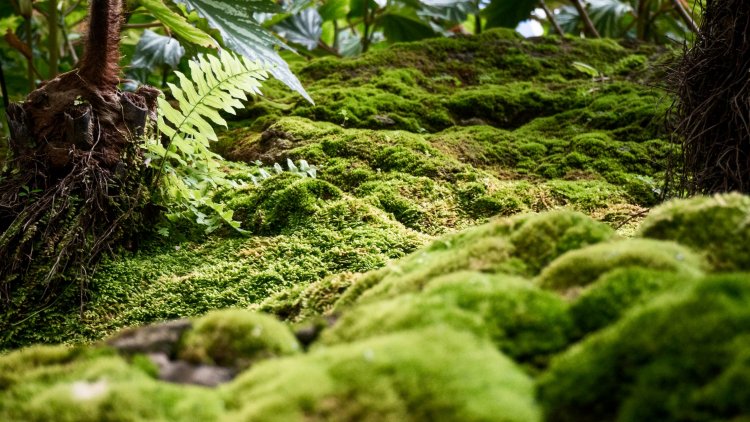40% Of the World’s Plant Species Are at Risk of Extinction

Two in five of the world’s plant species are at risk of extinction as a result of the destruction of the natural world, according to an international report.
Plants and fungi underpin life on Earth, but the scientists said they were now in a race against time to find and identify species before they were lost.
These unknown species, and many already recorded, were an untapped “treasure chest” of food, medicines and biofuels that could tackle many of humanity’s greatest challenges, they said, potentially including treatments for coronavirus and other pandemic microbes.
More than 4,000 species of plants and fungi were discovered in 2019. These included six species of Allium in Europe and China, the same group as onions and garlic, 10 relatives of spinach in California and two wild relatives of cassava, which could help future-proof the staple crop eaten by 800 million people against the climate crisis.
New medical plants included a sea holly species in Texas, whose relatives can treat inflammation, a species of antimalarial Artemisa in Tibet and three varieties of evening primrose.
“We would be able not survive without plants and fungi- all life depends on them and it is really time to open the treasure chest,” said Prof Alexandre Antonelli, the director of science at the Royal Botanical Gardens, Kew, in the UK. RBG Kew led the report, which involved 210 scientists from 42 countries.
“Every time we lose a species, we lose an opportunity for humankind,” Antonelli said. “We are losing a race against time as we are probably losing species faster than we can find and name them.”
The UN revealed last week that the world’s governments failed to meet a single target to stem biodiversity losses in the last decade.
The researchers based their assessment of the proportion of species under threat of extinction on the International Union for Conservation of Nature’s Red List. But only a small fraction of the 350,000 known plant species have been assessed, so the scientists used statistical techniques to adjust for biases in the data, such as the lack of fieldwork in some regions.
They also used artificial intelligence to assess little-known areas. “We now have AI approaches that are up to 90% accurate,” said Eimear Nic Lughadha, a senior research leader at RBG Kew. “These are good enough to say, ‘this area has a lot of species that haven’t been assessed but are almost certainly threatened’.”
In 2019, Nic Lughadha reported that 571 species had been wiped out since 1750, although the true number was likely to be much higher.
The 2016 State of Plants report found one in five were threatened, but the new analysis reveals the real risk to be much higher. The main cause of plant losses is the destruction of wild habitat to create farmland. Overharvesting of wild plants, building, invasive species, pollution and, increasingly, the climate crisis are also important causes of losses.















































